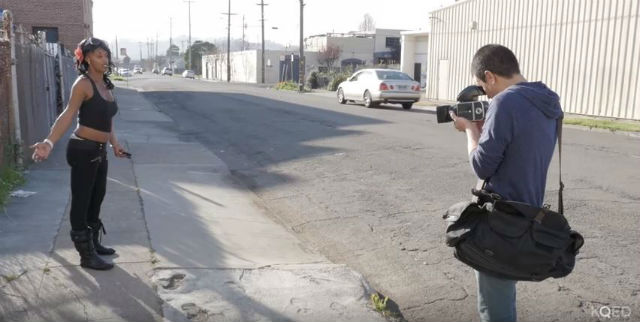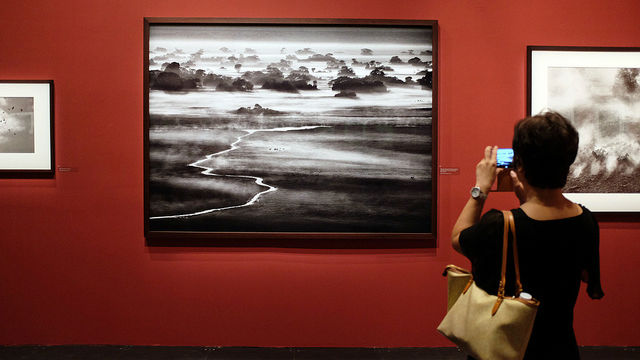Learn More About Documentary Photography
Photographers often turn their lens toward disenfranchised or struggling areas to raise awareness about inequity and unfair policies. Photographer Paccarik Orue moved to San Francisco in 2008 after struggling for a handful of years in Miami, Florida as a recent immigrant to the United States. Far from his birthplace in Lima, Peru, Orue found solace in and forged a connection to some of the Bay Area’s most neglected areas: Bayview-Hunter’s Point and the city of Richmond.
[media-credit id=9619 align="aligncenter" width="640"] [/media-credit]
[/media-credit]
From 2009-2011, Orue photographed residents and structures in Richmond for his book titled, There Is Nothing Beautiful Around Here. “Because of my own immigrant experience, I seek communities that may be struggling and experiencing things that I can relate to because of my background,” Orue said.
Photojournalist Matt Black wanted to capture images that represented income inequality. His photo essay “The Geography of Poverty,” featured on The Global Oneness Project website, highlights a California community in Tulare county that suffers from a lack of water and infrastructure. How do these images convey the challenges this community faces? Does the use of black-and-white photography affect the impact of the images? How or why?
Ken and Melanie Light spent five years documenting communities in California’s Central Valley, capturing “manifestations of the lack of any sustainable or sensible water policy.” In the Central Valley, water is a major political issue with some businesses controlling more than their share, and improper farming practices have led to birth defects, among other challenges that have negatively affected farm workers and their families.
 [/media-credit]
[/media-credit]